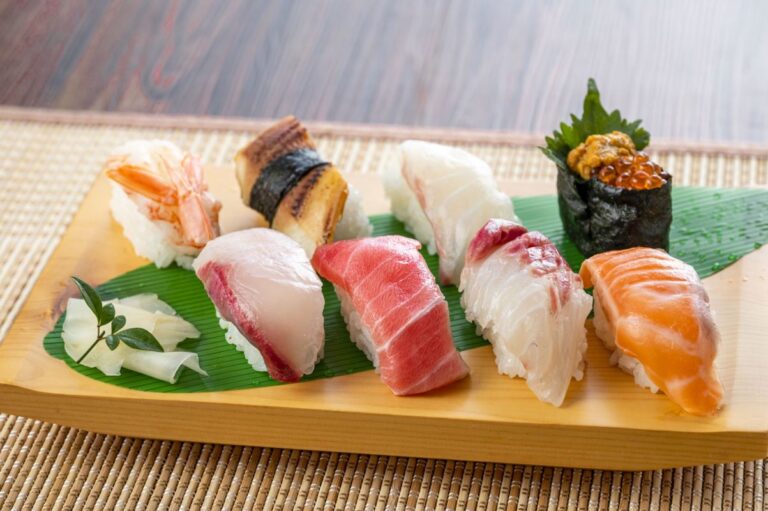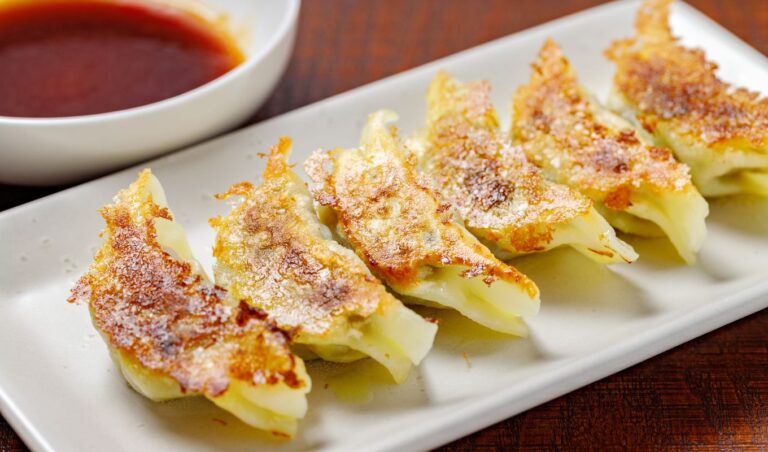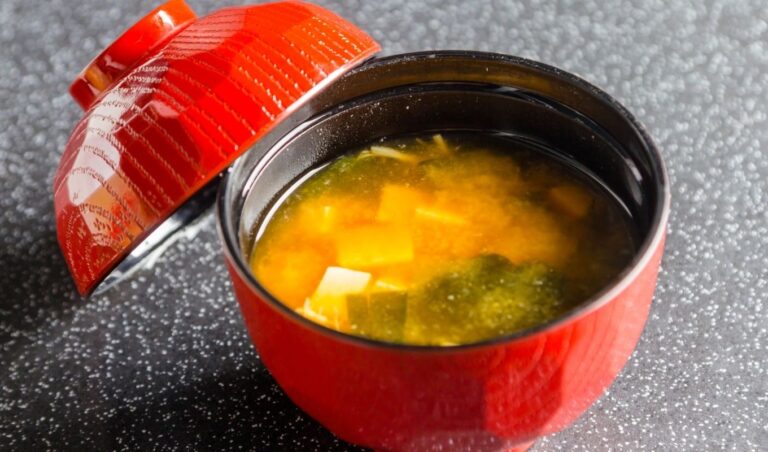You and a row of people sit facing a winding conveyer belt, chopsticks in hand. A flap opens from the kitchen and you can see that yari ika you’ve had your eye on making its way around the corner—the kind with the translucent skin, the slithery tentacles flopping out, and the tightly-packed ball of vinegared white rice. You just have to grab that squid sushi! But then—oh no! The woman two seats next to you snatches it off the conveyer belt before you get a chance! Oh, well. You’ll just have to get your chopsticks ready for the next one. But maybe you’ll enjoy that ebi (shrimp) sushi that’s coming up instead. Just don’t get too carried away! You’ll be charged per plate, depending on the color, pattern, and shape of the plate—and your stack is already getting pretty high!
Sushi is practically eponymous with Japanese food. Ask your mom, dad, grandma, grandpa, math teacher, or mailman; pretty much everyone you know, even if they know nothing about Japan, knows that the Japanese eat a lot of sushi! The kaiten-zushi, or “conveyer belt sushi,” restaurants described above (also known as the kuru kuru sushi or “sushi-go-round”) are popular sushi restaurants throughout Japan where people can choose from an array of sushi, soups, fruits, and desserts as they pass by their counters or tables.
History Of Sushi
Sushi first appeared in Southeast Asia sometime in the 4th century BCE, when fishermen decided that preserving raw fish with salt and fermenting it with rice gave people a good source of protein, which they’d need to complete the hard labor of fishing and farming. This kind of fermented sushi is still eaten today; it’s called nare-zushi.
The Japanese developed their own unique kind of sushi during the Edo era (1603 to 1868 CE): haya-zushi, which put the raw fish together with rice. (The nare-zushi had only used rice for fermentation.) The rice, mixed with vinegar, vegetables, and preserved foods, became as essential to the taste of sushi as the fish itself. In the early 19th century, the Japanese developed nigiri-zushi, which added the thin strip of seaweed used to wrap the fish and rice together.
The oldest still-existing sushi restaurant in Japan was first established in 1653 CE as a fish store—and it’s been serving sushi in Osaka ever since 1781 CE! Kodai Suzume-zushi Sushiman (www.sushiman.co.jp) includes a museum and still retains a secret recipe that sushi connoisseurs say is reminiscent of the earliest form of Japanese sushi.
Types of Sushi
There are so many types of sushi, you’d have to spend days just to try them all. Besides the nigiri-zushi, which consist of a small ball of rice and a long, flat slice of fish (or another ingredient) tied together by a small strip of seaweed, there is:
- maki-sushi (a larger strip of seaweed rolled entirely around rice and a small chunk of fish or other ingredient)
- chirashi-sushi (fish or other ingredients on top of an entire bowl of vinegared rice)
- oshi-sushi (rectangular mounds of rice topped with cooked or vinegared fish and other ingredients)
- chakin-zushi (rice and the fish or other ingredient wrapped in a thin omelet wrap)
- sashimi (slices of fish served with boiled rice on the side)
Mackerel (saba), yellowtail (hamachi), fatty tuna (maguro), salmon (sake), and roe (tamago) are just a few of the popular raw fish found in sushi. However, fish isn’t the only star ingredient in sushi—and it’s not always raw, either!
Eel (unagi and anago) is cooked in a sauce, and you can get squid (ika), octopus (tako), shrimp (ebi), and clam (hamaguri) cooked in your sushi, too. Omelets (tamago yaki), cucumbers (kappamaki), imitation crab meat (kani kama), scallions (nira), daikon sprouts, cream cheese, and even chicken and beef are sometimes ingredients in sushi, too.
Types Of Sushi Restaurants in Japan
The popular kaiten-zushi restaurants actually serve lower-end quality sushi, but they make up for the loss of quality with relatively affordable prices—some as little as ¥100 (~$1) each. (They’re popular stops for college students, families, and foreigners on vacation!) Most sushi is actually quite expensive.
High-end sushiyasan (sushi bars) expect their patrons to dress formally. Some sushiyasan even require their clientele to have been specially invited by other pre-approved guests! All-you-can eat sushi at a formal sushiyasan tend to cost around ¥4200 (~$43) per person. Expect top quality meals of sushi, soup, sashimi, and appetizers at the most high-end of these restaurants to cost as much as ¥10,000-30,000 (~$102-$307) per set!
Contrary to popular belief, there’s a kind of sushi for everyone! If the idea of raw meat scares you, try sushi where the meat or seafood is cooked. If you’re a vegetarian, try kappamaki sushi. The next time you pass by a restaurant with sushi, try a piece of Japanese culture!



